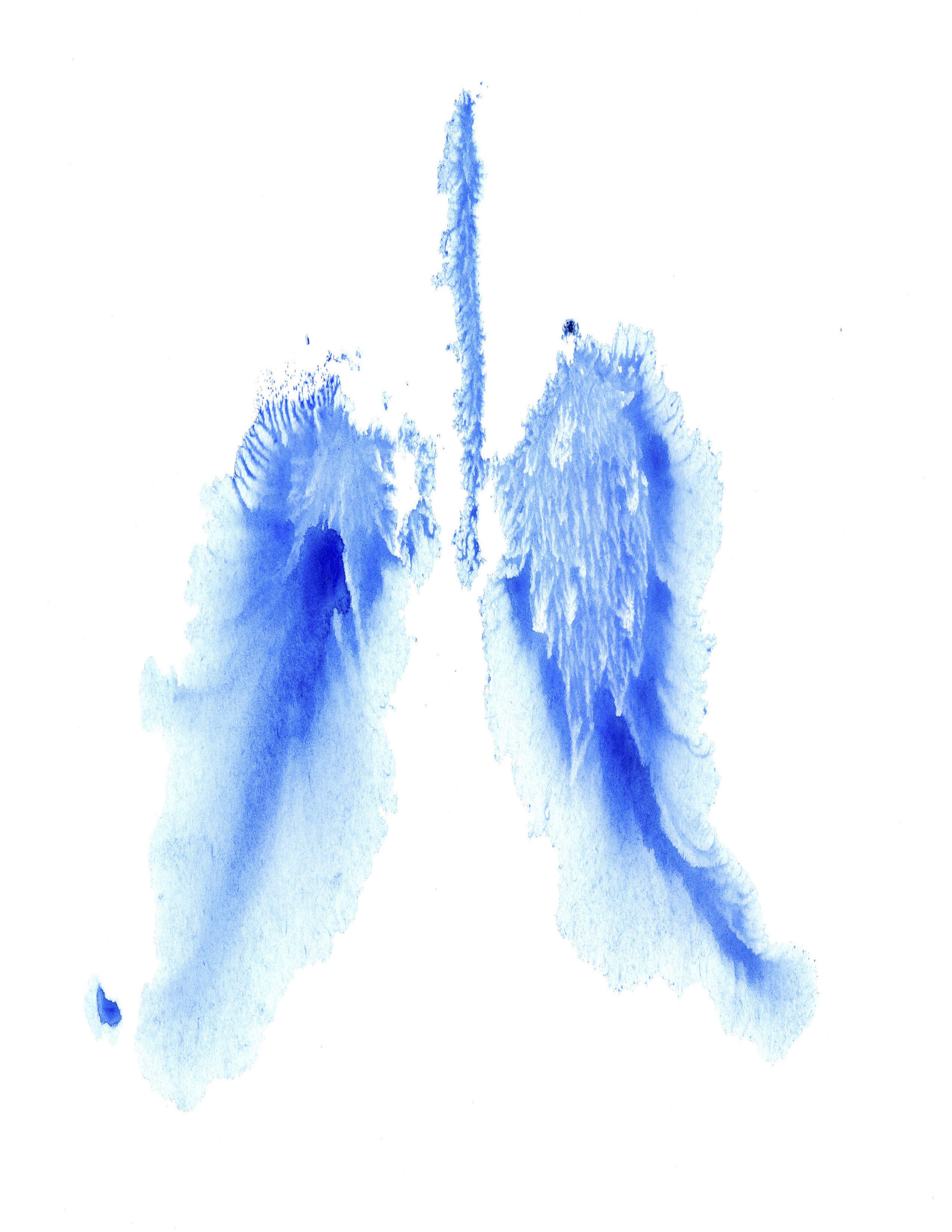General anesthesia for a patient with Chronic Obstructive Pulmonary Disorder and postoperative respiratory failure: a case report
DOI:
https://doi.org/10.33178/SMJ.2025.1.6Keywords:
postoperative respiratory complication , respiratory failure , COPDAbstract
Background: Chronic obstructive pulmonary disease (COPD) and other comorbidities, such as obesity and diabetes, significantly increase the risk of postoperative complications, including respiratory failure. This case concerns a 53-year-old male patient (BT) who presented to Cork University Hospital for rigid bronchoscopy for debulking of his carcinoid tumour obstructing the left main bronchus. Upon emergence from anesthesia, the patient (BT) suffered bronchospasm, which progressed into respiratory failure.
Methods: The case study methodology involved a comprehensive review of the patient's medical history, family background, and clinical presentation. An evaluation of respiratory complications and contributing risk factors for general anesthesia was done through a thorough review of the literature. Consent was obtained prior to drafting the case report.
Results: Postoperatively, the patient developed bronchospasm, leading to respiratory failure. Immediate interventions included the administration of anesthetic agents, Magnesium, and Ventolin. Chest imaging revealed mediastinal widening, atelectasis, and poor inspiratory effort. The patient also experienced gagging and hemoptysis.
Discussion: COPD is associated with increased postoperative complications, including prolonged mechanical ventilation. Low preoperative PaO2 is a significant risk factor for postoperative respiratory failure. Additionally, airway hyper-reactivity and bronchospasm can be triggered by pharyngeal and tracheal stimulation during the procedure.
Conclusion: Preoperative evaluation of pulmonary risks, particularly in COPD patients, is crucial for identifying potential complications. Anesthesia management, tailored to the patient's unique conditions, plays a key role in reducing perioperative risks and improving outcomes in high-risk cases.
References
Bhatt SP, Kim Y, Harrington KF, Hokanson JE, Lutz SM, Cho MH, et al. Smoking duration alone provides stronger risk estimates of chronic obstructive pulmonary disease than pack-years. Thorax 2018;73:414–21.https://doi.org/10.1136/thoraxjnl-2017-210722.
Perkins P, Lee JR-J, Kemp BL, Cox JD. Carcinoid tumors of the lung and family history of cancer. Journal of Clinical Epidemiology 1997;50:705–9. https://doi.org/10.1016/S0895-4356(97)00016-4.
Gupta H, Ramanan B, Gupta PK, Fang X, Polich A, Modrykamien A, et al. Impact of COPD on Postoperative Outcomes. Chest 2013;143:1599–606. https://doi.org/10.1378/chest.12-1499.
Licker MJ, Widikker I, Robert J, Frey J-G, Spiliopoulos A, Ellenberger C, et al. Operative Mortality and Respiratory Complications After Lung Resection for Cancer: Impact of Chronic Obstructive Pulmonary Disease and Time Trends. The Annals of Thoracic Surgery 2006;81:1830–7. https://doi.org/10.1016/j.athoracsur.2005.11.048.
Hou R, Miao F, Jin D, Duan Q, Yin C, Feng Q, et al. General Anesthesia for Patients With Chronic Obstructive Pulmonary Disease and Postoperative Respiratory Failure: A Retrospective Analysis of 120 Patients. Front Physiol 2022;13:842784. https://doi.org/10.3389/fphys.2022.842784.
Brogi E, Forfori F. Anesthesia and cancer recurrence: an overview. Journal of Anesthesia, Analgesia and Critical Care 2022;2:33. https://doi.org/10.1186/s44158-022-00060-9.
Adimi N, Battu R, Lee N. Postoperative Respiratory Complications. In: Freeman BS, Berger JS, editors. Anesthesiology Core Review: Part One Basic Exam, New York, NY: McGraw-Hill Education; 2014.

Downloads
Published
License
Copyright (c) 2025 Zaineb Hamza

This work is licensed under a Creative Commons Attribution-NonCommercial 4.0 International License.









